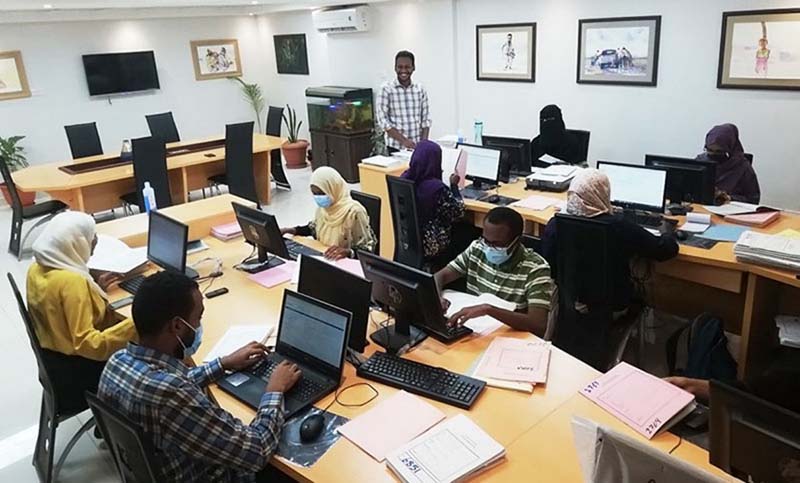The Medical Information Unit

The primary role of the Medical Information Unit (MIU) at the Mycetoma Research Center (MRC) is to systematically gather, handle, document, and store demographic details, diverse investigative outcomes, and photographs pertaining to patients. This information is routinely collected during the patients’ visits to the Mycetoma clinic at the MRC, as well as during medical and health missions conducted at peripheral mycetoma units in Sennar, White Nile, and Gazeria States. Additionally, data is collected during mycetoma surveillance initiatives and field surveys.

The Medical Information Unit (MIU) possesses a robust and dependable data management and reporting system, comprised of two key components. The first component involves a hard copy system where patient files and investigation results, encompassing histopathology, cytology, X-ray, MRI, ultrasound, and CT scans, are diligently maintained. Prior to, during, and after treatment, as well as during follow-up visits, all patients’ lesions are systematically photographed.
Each patient’s file comprehensively includes demographic characteristics, laboratory test results, imaging findings, details of treatment, operative discoveries, and follow-up visits conducted every six weeks until the cure is achieved. Remarkably, the MIU has meticulously documented records of nearly 10,000 patients spanning from 1991 to the present.

The electronic component, constituting the second part, involves patients’ information accessible through an SPSS system for data analysis and a cloud-based online system known as Secu Trial, located in Germany.

Uploading the patients’ information
The arduous task of uploading all patient records into the system was undertaken by a team of recently graduated medical doctors. The data undergo weekly updates, and their experiences with the system have been documented in this video.
In the course of field surveys aimed at mycetoma surveillance and early case detection and management, data collection is facilitated by a digital application known as CAPI, an acronym for Computer Assisted Patients Identifier. This application was initially created by a programmer from the Faculty of Mathematical Sciences, University of Khartoum, and subsequently enhanced by the MRC IT team.
The application is accessible for download on personal mobile phones, laptops, and tablets. It enables the capture of various data, encompassing demographic details of suspected patients, socioeconomic and household information, as well as photographs depicting suspected lesions and the village environment.

The Global Positioning System (GPS) has the capability to record the geographical coordinates of both the village and suspected patients. The gathered data can be promptly transmitted to an MRC server when internet connectivity is accessible in the field. Alternatively, it can be stored within the system for later transfer when internet connectivity becomes available. The data is amenable to static analysis, and geographical maps can be generated from it.

